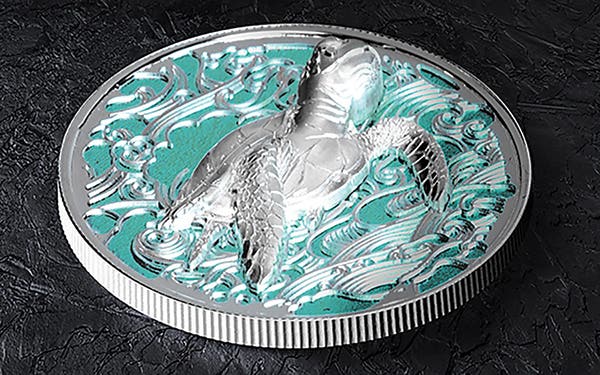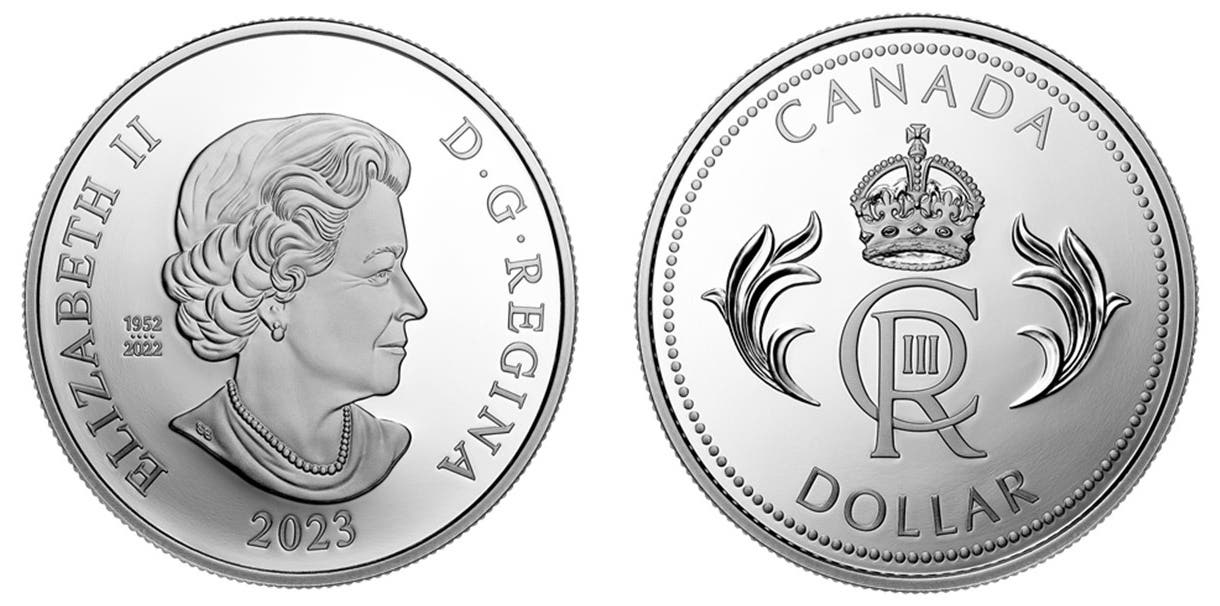Look past key dates for top quarters
Mitchell Spivack of Wondercoins.com has spent over 30 years on building top quarter sets. He said focus on the key date 1932-D and 1932-S quarters make collectors overlook other rarities…
Mitchell Spivack of Wondercoins.com has spent over 30 years on building top quarter sets. He said focus on the key date 1932-D and 1932-S quarters make collectors overlook other rarities in the series.
“There are MS-65 1932-D and 1932-S quarters in almost every major auction that takes place,” he said. “You won’t find a 1936-D in MS-67+ often though. In MS-67+, it has a population of one at PCGS. It will be highly sought after.
“Likewise, the 1937-S has a population of three in MS-67+ and seldom appears at auction.”
Other dates to watch out for in top grades include the 1934-D, 1935-D, 1936-D and 1937-S, he said.
Even some dates from the 1950s and 1960s are challenges in top grades, he said.
“A lot of the Denver Mint quarters from the 1950s are rare in top grades, like the 1953-D, 1954-D and 1955-D,” he said. “The 1955-D was a coin that took 25 years for PCGS to see its first MS-67 example. Other quarters from the 1930s and 1940s have hundreds graded in MS-67.
“Even the 1961-D in MS-67 is few and far between.”
Why focus on other dates in top grades when the 1932-D and 1932-S attract the attention?
Spivack said it’s because the 1932-D and 1932-S prices are in a downward trend.
“In grades up to MS-65, the supply outstrips demand,” he said. “As far as saying the prices have leveled off or that now is a good time to buy, it remains to be seen. It’s all a function of supply and demand.”
The only factor to bring prices up would be demand, something that he said isn’t on the rise.
In grades above MS-65, the 1932-D and 1932-S prices are heavily dependent on their low populations, he said.
“In MS-66 is where the 1932-D was a population one coin at PCGS,” he said. “When it was population one, it sold for $143,750 in a 2008 auction. When another one was graded, the now population two MS-66 1932-D dropped in price, with an example selling in a June 2015 Heritage auction for $82,530.
“This is where, as a top population collector, I’ve been holding onto my MS-65 1932-D instead of buying a MS-66 right now. I’m content to wait and see if it goes down as more MS-66 examples are found.”
Like the 1932-D, the 1932-S has weakness in its price, he said.
“The 1932-S in MS-65 has dropped in price but not as sharp as the 1932-D,” he said. “Now the coin is under $3,000 in MS-65.
“Meanwhile, the MS-66 1932-S has had a population of four for the longest time. It hasn’t been like the 1932-D which had a population of one for a while before another one was found. So, the 1932-S hasn’t had as hard of a fall as the 1932-D.”
As far as identifying a quarter that can potentially reach that top grade, it takes a lot of practice, Spivack said.
“One of the problems with any coin series is grading can vary date by date,” he said. “In general, I look for booming luster on quarters, not a washed out or dull coin. I’m looking for original surfaces, not because it was conserved or dipped.”
Next, look closely at the strike of the coin, he said.
“If I find a strong strike, that can hit me more than luster,” he said. “The San Francisco Mint coins are often weakly struck in the lettering on the obverse and reverse sides. The 1953-S and 1954-S quarters are coins that can be weak. The 1955-D can have a mushy strike as well.”
After that, check out the eye appeal of the coin, looking for bright, natural coloring, he said.
Lastly, look for any marks on the quarter’s surface, he said.
“In terms of top population quarters, it’s not about counting marks,” Spivack said. “That’s a mistake beginner and some advanced collectors make.
“Marks can impact the grade of a coin. If they are on larger focal points, that can hurt the grade. A mark in the left field of the obverse will be worse than a small amount of marks buried within the eagle’s design.”
Those who appreciate the finest grades know there is more to the Washington set than the 1932-D and 1932-S.
This article was originally printed in Numismatic News.
>> Subscribe today or get your >> Digital Subscription
More Collecting Resources
• If you enjoy reading about what inspires coin designs, you'll want to check out Fascinating Facts, Mysteries & Myths about U.S. Coins.
• Keep up to date on prices for Canada, United States and Mexico coinage with the 2016 North American Coins & Prices guide.








